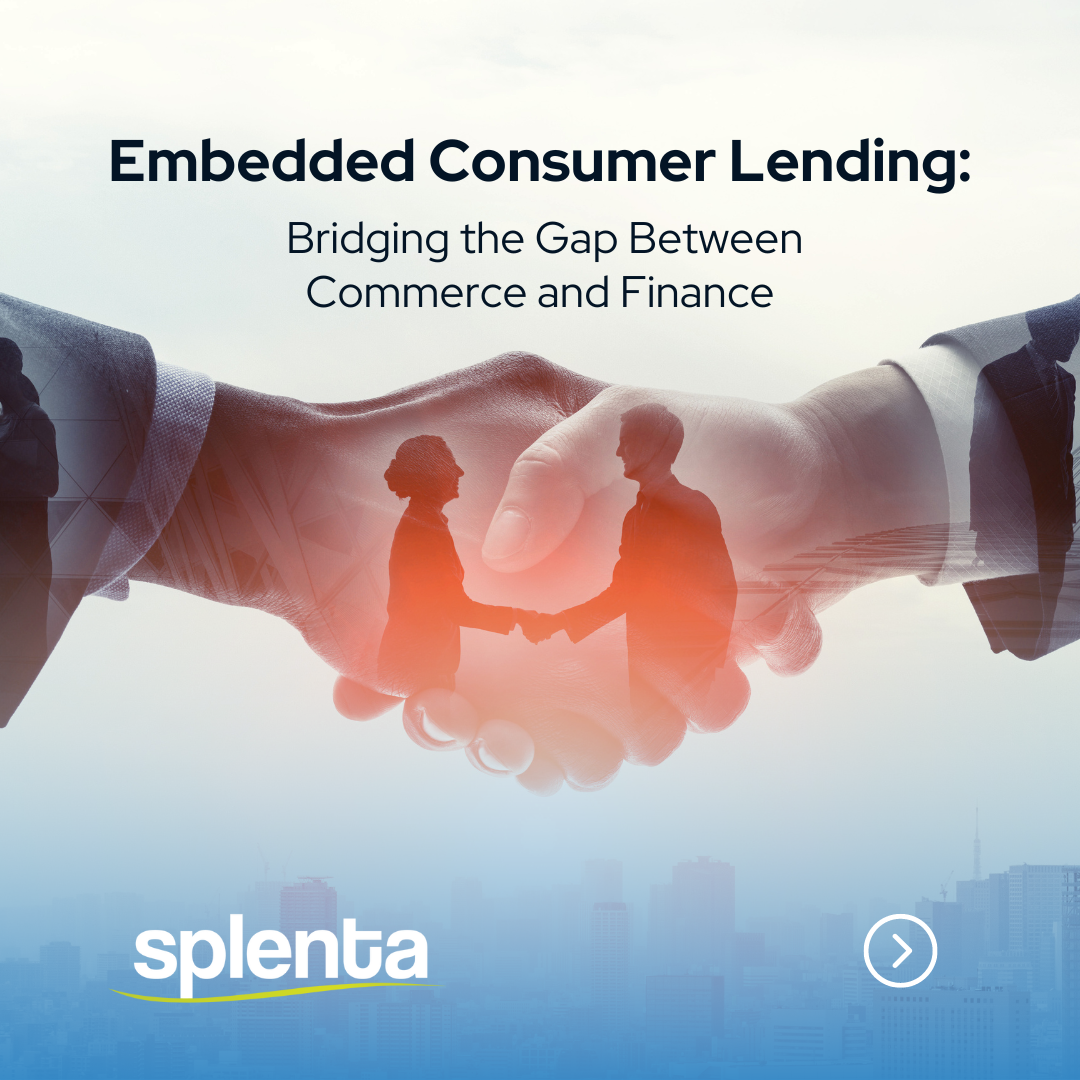Revolutionizing Commerce: The Power of Embedded Consumer Lending
Revolutionizing Commerce: The Power of Embedded Consumer Lending
Embedded consumer lending has emerged as a transformative trend at the intersection of commerce and finance. By seamlessly integrating lending options into the customer journey, businesses are unlocking new avenues for growth while offering consumers convenient access to financing. Here are key insights into this evolving phenomenon:
- Seamless Integration: Embedded lending involves integrating financing options directly into the purchasing process, allowing consumers to secure loans or credit at the point of sale. This frictionless experience reduces the need for consumers to navigate separate platforms or applications, resulting in higher conversion rates and increased customer loyalty.
- Enhanced Customer Experience: With embedded lending, businesses enhance the overall customer experience by eliminating the traditional hurdles of applying for loans. Consumers can make purchasing decisions without the worry of upfront costs, leading to higher average order values and repeat business.
- Diverse Industry Adoption: Embedded lending is not confined to a single industry. It’s being embraced by e-commerce platforms, retailers, travel services, and even digital marketplaces. This diversification showcases the versatility of embedded lending across various consumer touchpoints.
- Data-Driven Personalization: Leveraging consumer data, businesses can personalize lending offers based on individual profiles and behavior. Tailored offers not only increase the likelihood of loan acceptance but also deepen customer engagement and satisfaction.
- Risk Management Challenges: While embedded lending offers significant benefits, it also presents risk management challenges. Businesses need robust risk assessment mechanisms to evaluate creditworthiness in real-time and mitigate potential defaults.
- Partnerships and Technology: Many businesses opt to collaborate with fintech companies specializing in lending technology. These partnerships provide access to the necessary infrastructure and expertise, accelerating the implementation of embedded lending solutions.
- Regulatory Considerations: As with any financial service, regulatory compliance is paramount. Businesses must navigate the complex landscape of lending regulations to ensure that embedded lending solutions meet legal requirements and consumer protection standards.
- Financial Inclusion Impact: Embedded lending can promote financial inclusion by offering accessible financing options to individuals who may have limited access to traditional credit. This can help underserved populations improve their quality of life and participate more fully in the economy.
- Competitive Advantage: Businesses that embrace embedded lending gain a competitive edge by offering a comprehensive shopping experience that includes immediate financing. This can attract new customers and retain existing ones in an increasingly competitive market.
- Evolving Landscape: The embedded lending landscape is evolving rapidly, with continuous innovations such as Buy Now, Pay Later (BNPL) services and point-of-sale installment loans. Staying informed about these developments is crucial for businesses looking to remain at the forefront of consumer lending trends.
Seamless Integration:
Enhanced Customer Experience:
Diverse Industry Adoption:
Data-Driven Personalization:
Risk Management Challenges:
Partnerships and Technology:
Regulatory Considerations:
Financial Inclusion Impact:
Competitive Advantage:
Evolving Landscape:
Differentiating Embedded Consumer Lending from Buy Now, Pay Later (BNPL) Services
Differentiating Embedded Consumer Lending from Buy Now, Pay Later (BNPL) Services
Embedded consumer lending and Buy Now, Pay Later (BNPL) services are both innovative approaches to offering financing options to consumers, but they have distinct characteristics and applications. Here’s how they differ:
Embedded Consumer Lending:
Embedded Consumer Lending:
- Integration: Embedded consumer lending involves seamlessly integrating lending options into the point of sale process of a business. It’s not limited to a specific platform or service; instead, it can be adopted by various industries, such as e-commerce, travel, and retail.
- Flexibility: Embedded lending allows for a more versatile range of lending options. It can include traditional installment loans, revolving credit lines, or customized financing solutions based on the consumer’s profile and purchase behavior.
- Business Partnerships: Businesses often collaborate with fintech companies specializing in lending technology to implement embedded lending solutions. These partnerships help leverage the necessary infrastructure and expertise for successful integration.
- Customer Experience: The goal of embedded lending is to enhance the overall customer experience by eliminating the need for consumers to navigate separate loan application processes. It’s designed to be seamless, convenient, and quick.
- Data Utilization: Embedded lending leverages consumer data to personalize lending offers and assess creditworthiness in real-time. This enables businesses to make tailored financing options available to consumers.
Integration:
Flexibility:
Business Partnerships:
Customer Experience:
Data Utilization:
Buy Now, Pay Later (BNPL) Services:
review
Buy Now, Pay Later (BNPL) Services:
- Service Type: BNPL services are a specific type of embedded lending. They offer consumers the ability to split their purchase amount into multiple installments, typically interest-free or with low fees. BNPL services have gained popularity for their simplicity and affordability.
- Simplicity: BNPL services are known for their straightforward nature. Consumers select this option at checkout, and the total purchase amount is divided into equal payments over a predefined period.
- No Traditional Credit Check: Most BNPL providers don’t perform traditional credit checks for small to moderate purchase amounts. Instead, they may use alternative methods to assess credit risk.
- Retail-Centric: While BNPL services are being adopted by various businesses, they are most closely associated with e-commerce and retail transactions. They’re often promoted as a tool to increase shopping cart conversions and average order values.
- Regulation and Scrutiny: The rapid rise of BNPL services has attracted regulatory attention in some regions due to concerns about consumer debt levels and potential impact on financial well-being.
Service Type:
Simplicity:
No Traditional Credit Check:
Retail-Centric:
Regulation and Scrutiny:
In summary, embedded consumer lending encompasses a broader range of lending options integrated into various industries’ purchase processes. BNPL services, on the other hand, are a specific form of embedded lending that offers customers the option to split payments for a purchase. Both approaches aim to improve the customer experience and increase sales, but they have distinct focuses and features.

